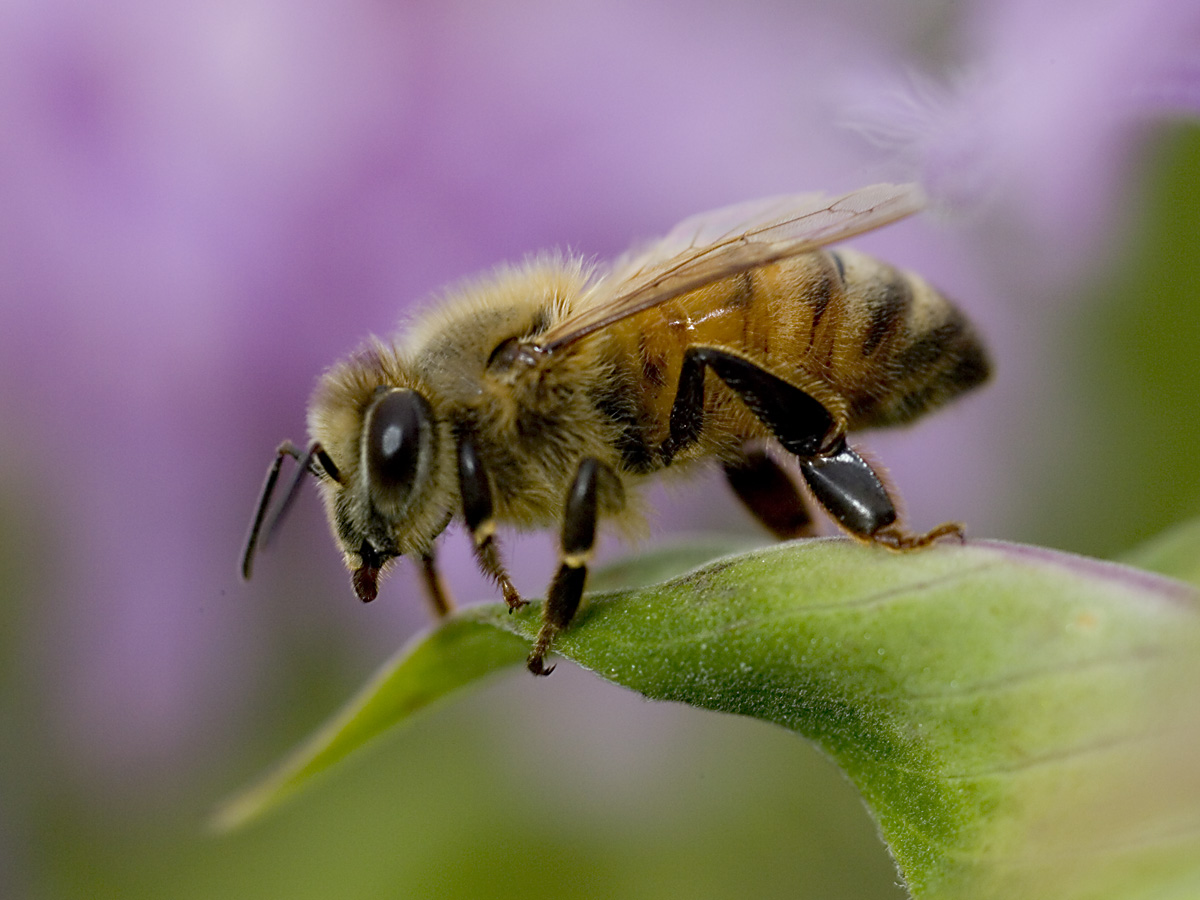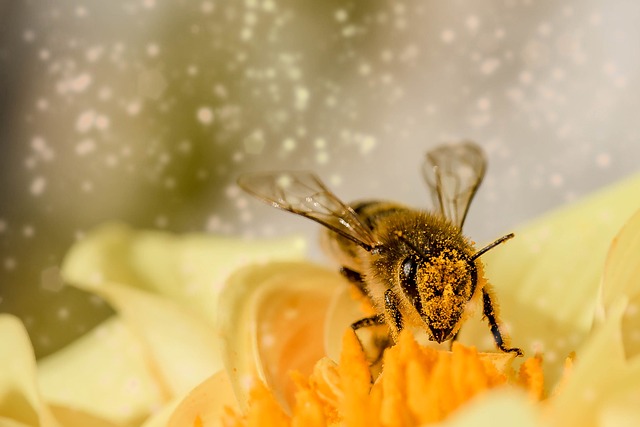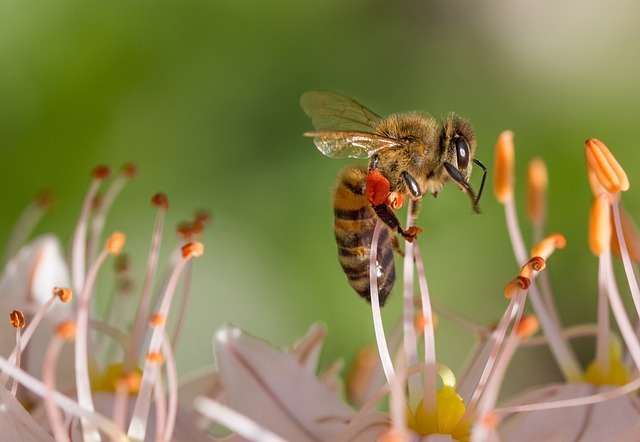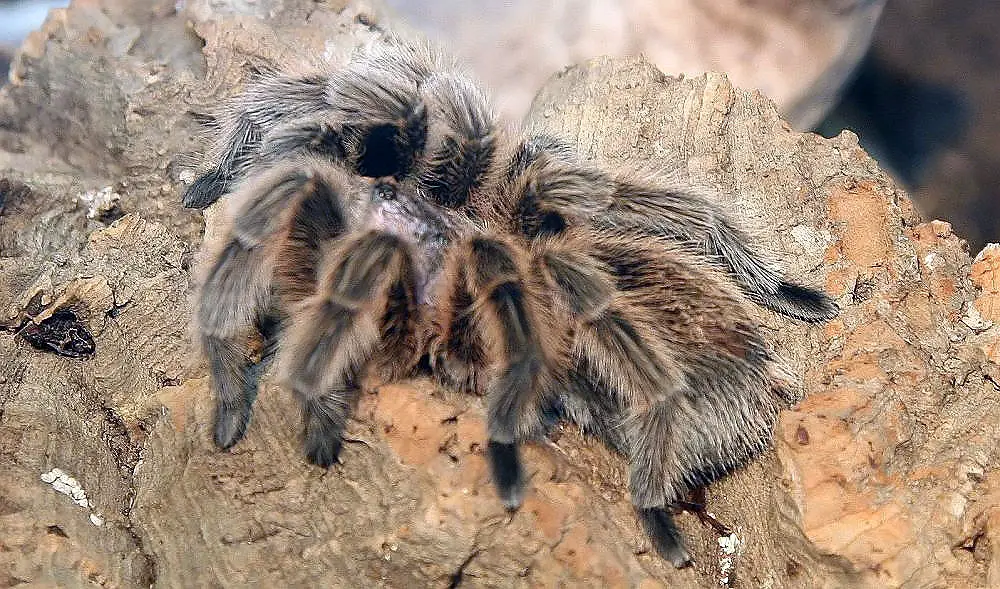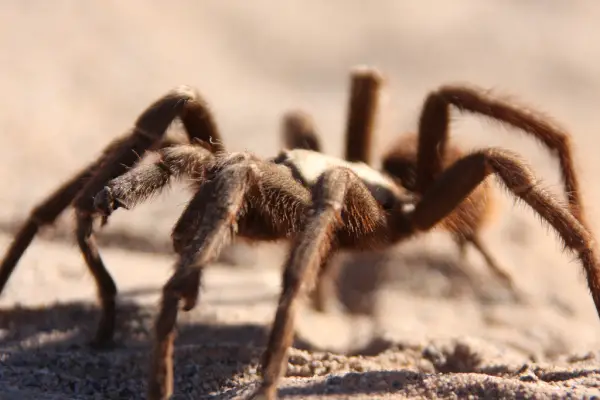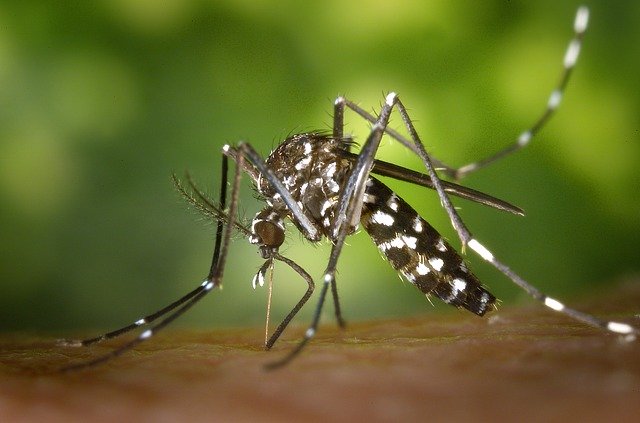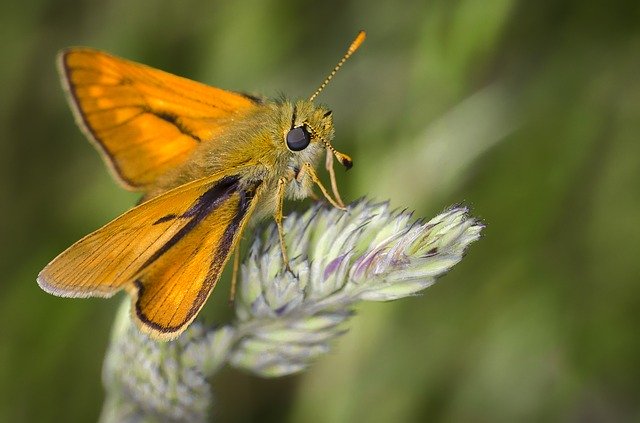The bald faced hornet (Dolichovespula maculate) is a yellowjacket hornet and is found in the Southern Canada and North America. The hornet earns its name due to ivory-white markings on its face. It is thought to defend its nest quite aggressively against potential predators. It is not a true hornet. The bald faced hornet is also known as bald-faced hornet, bald hornet, white-faced hornet, white-tailed hornet, blackjacket, and bull wasp.
Bald Faced Hornet Facts
Anatomy
- Unlike other yellowjacket wasps, the bald faced is recognized by its unique ivory-white markings along with black coloring. The bald faced head is nearly white.
- They have three stripes that are marked at the end of their bodies.
- There are also white markings on thorax and abdomen.
- The queen is the largest yellowjacket hornet in the colony.
- Bald faced hornets are quite bigger than the Dolichovespula.
- Adults reach a length of about 19 millimeters (0.75 in) in length. Queens and workers are almost the same size.
- Workers have small hairs on the body while queen lacks hairs.
Distribution
- The bald faced hornet occurs in the southern Canada, Alaska and all throughout the eastern and western coasts of United States.
- It is also found in Pennsylvania.
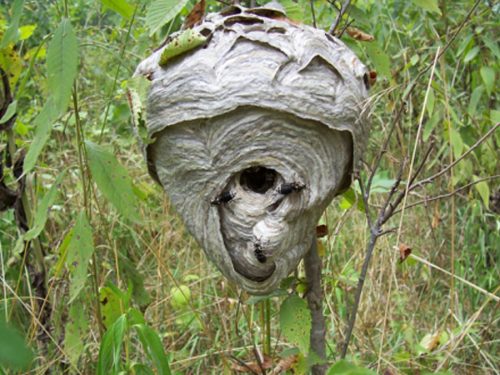
Habitat
- In the wild, bald faced hornets make habitats on Rocky Mountains including vegetation areas and forested regions.
- They are known to make nests in bushes, shrubbery, and trees but rarely under the sides of the building or rock overhangs.
Behavior
- They form colonies which can be as large as containing 400 – 700 members. It is the probably the largest colony of hornets.
- Each colony consists of female workers, queen, and males. In a small cell colony there may be one queen followed by 17 – 21 female workers while large colonies may have 2 – 6 queens and 10 – 52 workers.
- In summer, a single colony contains as much as 100 – 400 workers.
Feeding Ecology & Diet
- Bald faced hornets are carnivorous and they prey on many insects and arthropods.
- The diet includes fruits, meat, spiders, and insects. They will also drink nectar.
Reproductive Biology
- The bald faced hornet creates a grey egg-shaped nest which reaches a length of 580 millimeters (23 in) with the diameter measuring 360 millimeters (14 in). In the nest there are many suspended combs for larvae.
- They build nests at a height of about 1.1 to 20 m (3 ft 7 in to 65 ft 7 in) above the sea level.
- In the early spring and summer, the queen finds a new nest. However in Washington, workers and queen emerge in the mid-May.
- The lifecycle ranges from 4 – 5 months depending on the geographic location. The duration of the nest is almost 6 months.
- Male workers die at the end of the lifecycle. Workers kill the old queen but if they don’t the queen dies with them around mid autumn.
- The queen takes 6 days to hatch eggs. But it’d take 9 – 10 days (after the larvae stage) to grow into adults.

